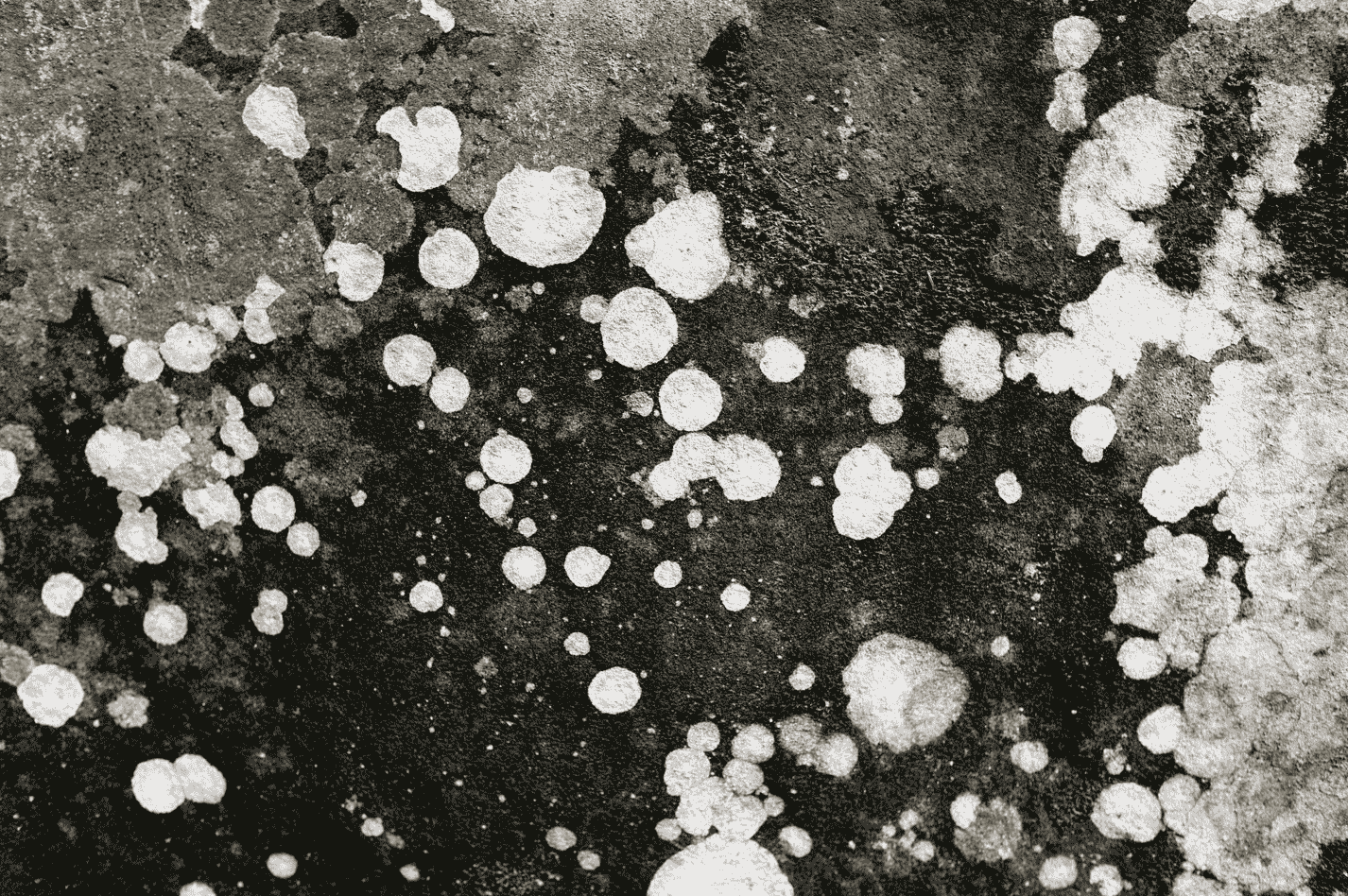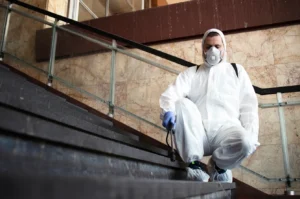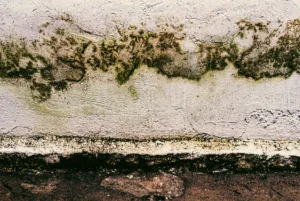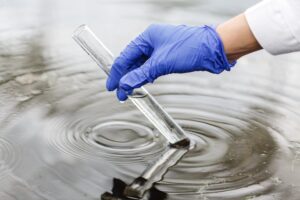When it comes to indoor air quality and healthy living spaces, one of the most troubling issues for New Yorkers is mold growth. Among the different types of mold that appear in homes and buildings, black mold stands out as the most concerning. Many people ask, how to detect black mold before it spreads further? Detecting it early is not only important for your health but also for protecting your property from long term damage.
Black mold in NYC can be detected by looking for visible dark patches, noticing strong musty odors, and paying attention to unexplained health issues like coughing, sneezing, or irritated eyes that worsen indoors. If you see water stains, peeling paint, or damp walls, those are also red flags. The safest way to confirm black mold is through professional mold testing or inspection, since hidden colonies often grow behind walls, ceilings, or inside air ducts. Detecting it early helps protect both your health and your property.
Why Black Mold is a Serious Concern?
Black mold, scientifically known as Stachybotrys chartarum, has a dark greenish-black appearance and is often linked to water damage and high humidity. It thrives in moist environments and feeds on materials rich in cellulose such as wood, drywall, paper, and insulation. Unlike common household mold that may appear in small spots in your bathroom, black mold is more aggressive and can spread quietly within walls and floors.
The concern is not only cosmetic or structural. Mold releases spores and mycotoxins into the air, which can negatively affect indoor air quality. People living in apartments or houses with hidden mold may experience respiratory issues, sinus infections, chronic coughing, itchy skin, or headaches. Children, seniors, and people with weakened immune systems are more vulnerable to its effects. In NYC, where multi-family housing is tightly packed, one untreated mold problem can even spread through connected ductwork or shared walls, making early detection even more vital.
Also Read: Is Black Mold Dangerous? Health Risks & What to Do
Understanding the Early Warning Signs
Detecting black mold is not always straightforward, but there are signs that can give you early warnings before the problem gets out of control. The most common indicator is the musty odor that lingers even after cleaning. This smell is often described as earthy, damp, or stale. Unlike ordinary odors from dust or humidity, mold related smells tend to stick around and intensify when the air is still.
Visual signs are equally important. This mold often appears as clusters of dark spots or patches that may look slimy or fuzzy. It usually grows in hidden corners such as behind wallpaper, inside basements, or under sinks where leaks are common. In some cases, the mold may discolor walls or ceilings, leaving behind stains that are yellow, brown, or black. If you notice paint bubbling, peeling, or walls that always feel damp, it may be a hidden mold colony growing inside.
Physical symptoms are another indirect sign. Many NYC residents assume that sneezing, watery eyes, or constant coughing are due to seasonal allergies, but in reality, mold exposure can mimic these same conditions. If symptoms improve when you leave your apartment but return when you come back, that’s a red flag worth investigating.
Areas in NYC Homes Most at Risk
Because of the city’s unique building styles, certain areas are more likely to attract mold than others. Bathrooms and kitchens are frequent problem zones due to constant exposure to water and steam. In NYC’s older brownstones or pre-war apartment buildings, basements are especially at risk because they tend to have poor ventilation and are prone to flooding or leaks.
Window sills and HVAC systems are other overlooked spots. Many New Yorkers rely on window air conditioners during the hot summer months, and these units can trap moisture, making them a breeding ground for mold. Similarly, heating and cooling ducts can circulate spores throughout an entire building if not cleaned properly. Roof leaks, damaged pipes, and poorly sealed windows are additional contributors to mold growth, especially in high humidity months.
Steps to Confirm if It’s Black Mold
Once you suspect mold, the next step is to confirm its presence. While professional testing is the most reliable option, homeowners can still take initial steps to investigate. Start by carefully examining the affected areas. Black mold often looks darker and more concentrated than common surface mold. However, color alone isn’t always enough, since different mold species can appear similar.
A safe method is to use mold testing kits, which are widely available in NYC hardware stores or online. These kits allow you to collect samples from walls, air, or surfaces, which are then sent to a lab for analysis. Professional mold inspectors go even further by using moisture meters, infrared cameras, and air quality testing to detect hidden mold colonies behind walls and ceilings. Given the health risks, it’s usually best to rely on certified mold remediation experts when you’re dealing with larger or uncertain growth.
Also Read: What kills Mold? Effective Mold Removal Tips & Solutions
Why Mold is So Common in NYC?
New York City presents a unique environment where mold can thrive. The combination of aging infrastructure, fluctuating weather, and dense living conditions makes it difficult to avoid water related issues. Heavy rains, snow, and high humidity in the summer create perfect conditions for moisture buildup. Many apartment buildings also have outdated plumbing or heating systems, which can lead to leaks and condensation problems.
Another factor is limited ventilation. Many apartments, especially in Manhattan, have sealed windows and limited airflow, which traps moisture inside. Small leaks in bathrooms or kitchens often go unnoticed, giving mold time to spread silently. Renters may also face delays in getting repairs done, which means water damage lingers long enough for mold colonies to take hold.
These factors combined explain why NYC residents must stay vigilant and act quickly if they suspect mold growth.
DIY vs Professional Detection
Some people try to manage mold detection and cleanup on their own, but this is not always safe or effective when it comes to black mold. DIY methods can work for small, visible patches in bathrooms or on tiles, but once mold penetrates walls, floors, or ventilation systems, professional black mold removal is necessary. Attempting to scrub away mold without proper protective gear can release spores into the air, spreading the contamination further.
Professional mold inspectors in NYC have the training and tools to identify the full extent of the problem. They use advanced technology to test air samples, check humidity levels, and pinpoint leaks. More importantly, they can distinguish between ordinary mold and black mold that poses higher risks. While hiring a professional may seem like an added expense, it can prevent greater costs down the line, such as structural damage, recurring infestations, or incomplete black mold removal attempts.
Preventing Mold After Detection
Detecting mold is just the first step. Once it’s identified, prevention becomes key to avoiding future outbreaks. The most effective way is to control moisture inside the home. Fixing leaks immediately, improving ventilation, and using dehumidifiers during humid summer months are all crucial practices.
Cleaning routines also play a role. Regularly wiping down bathrooms, kitchens, and window sills can stop mold spores from taking hold. Using mold resistant paints and materials in problem areas can further reduce risks. For those living in high risk buildings, scheduling regular HVAC cleaning is another preventive step, since ducts and vents often become hidden reservoirs of mold.
Understanding Mold Exposure Health Effects in New York
Mold exposure poses serious health risks that many New Yorkers overlook until symptoms appear. Schools, daycare centers, offices, and apartment buildings throughout Brooklyn, Queens, Manhattan, and the Bronx can harbor dangerous mold without occupants realizing it. Recognizing mold health effects early prevents long-term respiratory problems and protects vulnerable populations including children, seniors, and individuals with asthma.
Common health symptoms from mold exposure include persistent coughing, wheezing, skin irritation, headaches, and allergic reactions. Black mold (Stachybotrys chartarum) produces mycotoxins that can cause severe respiratory issues and neurological symptoms in prolonged exposure cases.
NYC Tenant Rights and Landlord Mold Responsibilities
New York City housing regulations require landlords to address mold problems promptly. Tenants experiencing recurring water damage, visible mold growth, or musty odors should document the issue and report it immediately. NYC public health resources provide guidance on mold prevention and tenant rights.
Tenants should report:
- Visible mold growth on walls, ceilings, or floors
- Water leaks or persistent moisture problems
- Musty odors indicating hidden mold
- Health symptoms that worsen indoors
Local housing authorities enforce mold remediation requirements, protecting renters from negligent property management. Don’t hesitate to exercise your rights when mold threatens your health.
When Professional Mold Removal Services Are Essential?
DIY mold removal works only for small surface areas under 10 square feet. Black mold in larger areas, hidden spaces like wall cavities, or HVAC systems requires certified mold professionals. Attempting removal without proper equipment and expertise spreads spores throughout your home, making contamination worse.
Call mold experts when:
- Black mold covers areas larger than 10 square feet
- Mold grows inside walls, ceilings, or ventilation systems
- Water damage affects multiple rooms or floors
- Mold returns after previous cleaning attempts
- Anyone in the building has respiratory conditions or compromised immunity
Professional mold remediation companies in NYC offer comprehensive services including inspection, testing, safe removal, and prevention strategies. Certified technicians use containment procedures, HEPA filtration, and antimicrobial treatments that DIY methods cannot replicate.
Choosing Reliable Mold Remediation Services in New York
NYC residents have access to numerous mold removal companies, but quality varies significantly. Select certified professionals who provide thorough inspections, detailed testing results, and complete remediation with preventive recommendations.
Essential qualifications:
- EPA certification and proper licensing
- Experience with NYC building codes and regulations
- Comprehensive inspection and testing services
- Safe removal using industry standard containment
- Post-remediation verification testing
- Moisture control and prevention guidance
For families with children, elderly residents, or members with asthma or allergies, professional mold removal isn’t optional—it’s essential protection. Certified services ensure complete mold elimination and prevent recurrence, safeguarding your health and property value.
A Healthier NYC Home Starts with Detection
Living in New York City comes with many advantages, but it also brings challenges such as mold problems in older or high density buildings. The key is awareness: knowing the signs, taking them seriously, and acting promptly. Black mold is more than just an unsightly issue; it is a potential health hazard that requires attention.
If you notice suspicious smells, unusual stains, or persistent allergy like symptoms in your home, don’t wait. Early detection is the most powerful step toward safeguarding your health and property. For professional inspections, cleaning, and reliable solutions in NYC, many residents turn to trusted services like NYC Lead & Mold, who specialize in improving indoor air quality and keeping homes safe from mold contamination.






